Physical Address
304 North Cardinal St.
Dorchester Center, MA 02124
Physical Address
304 North Cardinal St.
Dorchester Center, MA 02124
Dash cams are important for drivers today. They’re used for safety, insurance claims, and capturing memories. But not all dash cams are the same. Some have better video quality, built-in GPS, or parking mode recording. So, it’s important to research before buying one.
The best dash cam should be easy to install, have a wide view, work well in low light, record reliably, and save footage automatically if there’s an accident. Using a bad dash cam could give you poor quality video and unreliable recordings.
When choosing a dash cam, look at the resolution, frame rate, memory storage, durability, and extra features like automatic accident detection or smartphone connectivity. We’ve done a lot of testing and research to help you find the best options.
We know that finding the right dash cam can be hard because there are so many options. But we’re here to help. We’ve tested many dash cams to give you a good overview of what’s available. By the end of this article, you’ll know enough to choose the best dash cam for your needs and budget.
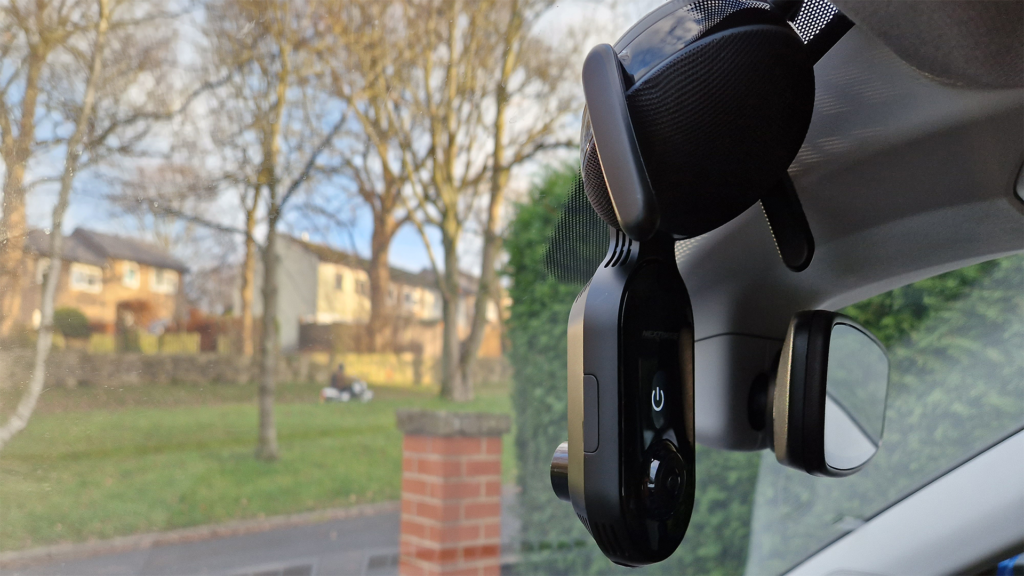
Pros
Cons
The iQ is a new dashboard camera from Nextbase. It’s one of the most expensive ones we’ve seen, but it has a lot of technology that makes it more like a full safety system for your car or truck.
The 4K version of the camera gives clear video from all around your car because it has a 2160p front camera, a 1440p inside camera, and a 1440p back camera. (You can also get versions with lower resolution that cost less.)
What makes the iQ special is all the safety features it has. It can warn you if you’re about to leave your lane, if there’s going to be a crash, or if you’re falling asleep. It has a guardian mode that lets you watch younger drivers, a parking mode that watches an area around your car, and Roadwatch, which uses AI to keep track of how fast and where the cars around you are going.
You can use voice controls to use the iQ and the app lets you change the settings from your phone. If you want to use the LTE features, you’ll need to pay for a subscription every month or every year. You can power the iQ by connecting it to the OBD-II port in your car or wiring it directly to your car’s fuse box, which means you can use the OBD-II port for other things.
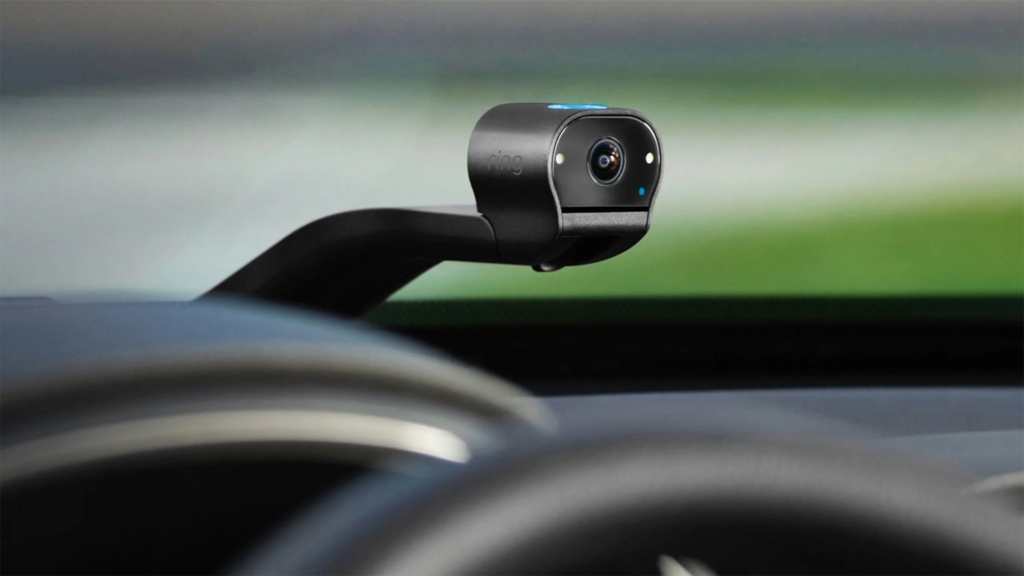
Pros
Cons
The Ring Car Cam is a new product from Ring that costs $249.99. It has two 1080p cameras that record what’s happening in front of and inside your car. It’s easy to install and works with the Ring app. It also has a privacy mode that turns off the camera and microphone inside the car but keeps the front camera on. But, it’s expensive and you almost have to get a monthly subscription plan. If you need video of something that happened in your car for insurance or legal reasons, this dash cam could be worth the cost. It’s still cheaper than the Dash Cam Tandem from Garmin, which costs $299.99 and doesn’t have LTE.
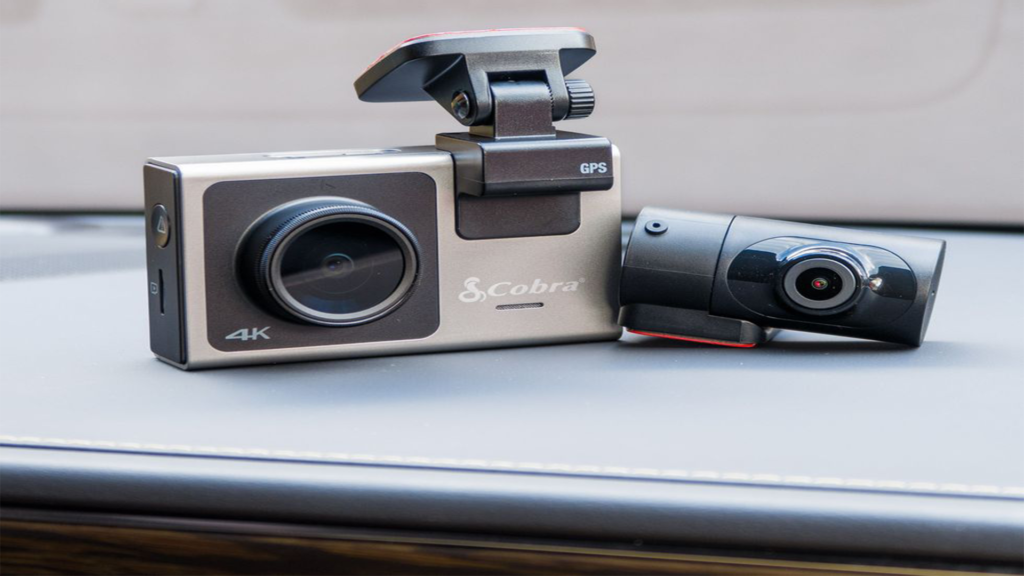
Pros
Cons
The SC400D from Cobra is one of the best dash-cam packages you can get. The front camera has a really good 4k resolution and the back camera has a high resolution of 1080p. You can use the camera in different ways, like with a touchscreen display, the Drive Smarter app, and voice commands with Alexa.
The camera gets power from a micro-USB port and sticks to your windshield with a strong adhesive pad. It has a lot of warnings and tools for drivers that you can use, including alerts about police, which is something we haven’t seen in other cameras.
The camera is also flexible. If you want, you can choose not to have the back camera and save some money, or you can add an extra camera inside the car for full coverage.
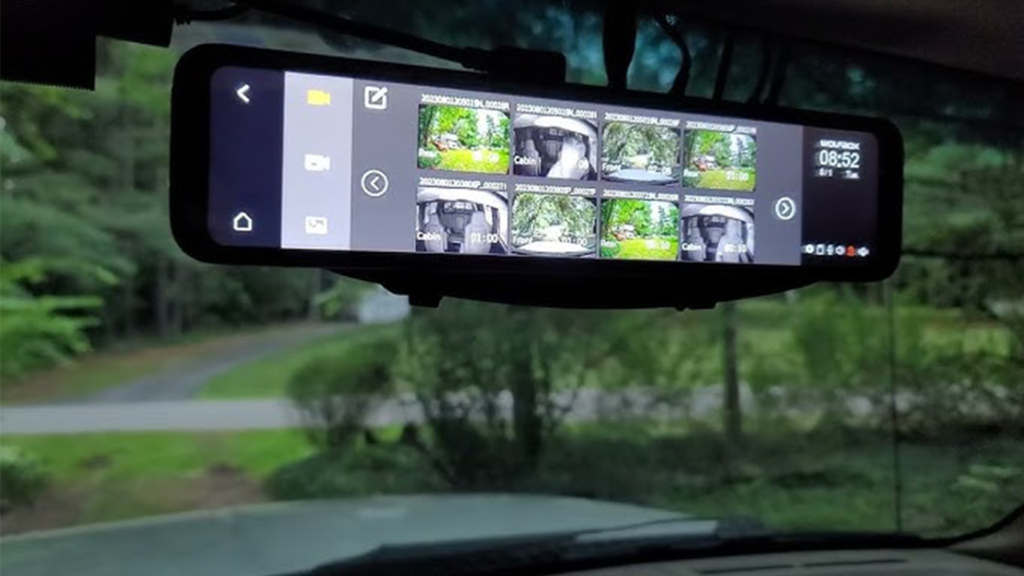
Pros
Cons
Our team has tested the Wolfbox 840s and it was chosen as the Best Overall because of its really good image quality.
The G890 is the best camera that Wolfbox makes and it has a lot of features. It records the front, back, and inside of your car, and the front camera takes really clear 4K pictures. It also has better night vision, three different parking surveillance modes, GPS tracking, and more.
Like other Wolfbox cameras, this one fits right onto your existing mirror, which means it doesn’t take up any space on your windshield.
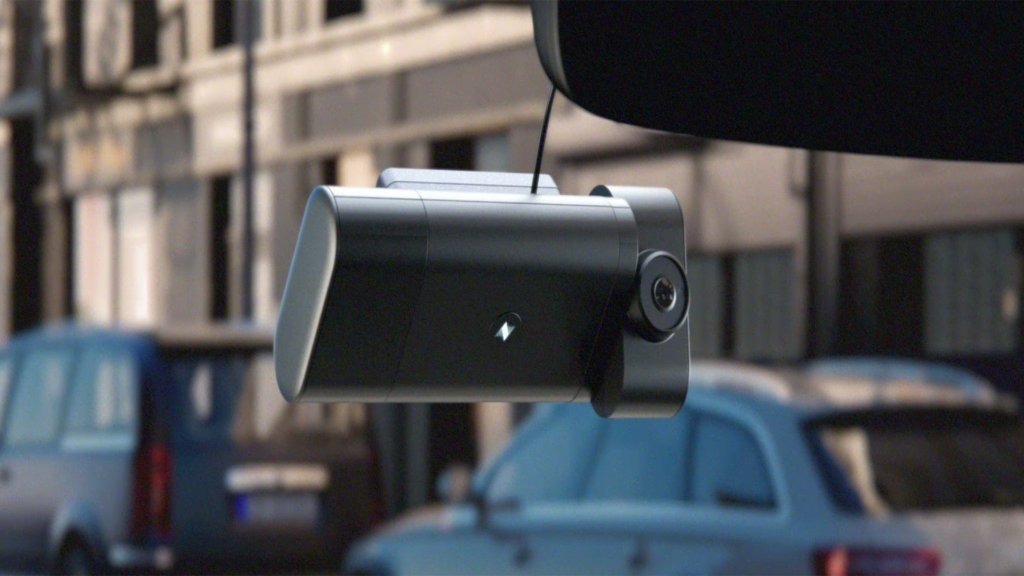
Pros
Cons
The Nexar One, Nexar’s best camera, provides 4K video and remote streaming. This is possible due to a Sony Starvis sensor and an advanced Ambarella AI chipset. The camera comes with either hardwiring or OBD kits, which ensure constant power for features such as remote streaming and live alerts. When buying the One, there are several options available. You can choose just the road cam with 64 GB of memory, or you can choose both the road and cabin cameras with up to an impressive 512GB of memory.
When you’re looking at different dashboard cameras to buy, there are a few things you should think about.
Video Quality: Think about what you want to use your camera for. This will help you decide what kind of resolution you need. You can choose from 1080p (full HD), 1440p (2K), and 2160p (4K). Higher resolution gives you clearer and more detailed video, but it usually uses more storage and costs more.
Memory Card: Look at the biggest size of memory card the camera can use, and what type it needs. You might want to think about getting a big card (64GB or more) so you can store more video before it gets overwritten. Some cameras have their own memory or cloud storage, but this usually costs extra.
Remember, most dash cams will turn on and work without a memory card, but they need one (usually an SD or micro SD card) to store video. Most of the time, they don’t come with one. Some even need a certain brand or size. So, you might have to buy a memory card separately or as part of a more expensive package if you want to record anything. Make sure you check if a memory card comes with the camera when you’re shopping.
Driver Aids: Some dash cams can tell you if you cross into another lane or if a car in front of you stops. They can sense if there’s a crash and can automatically call for help if you’re in an accident. This is really helpful if you can’t call for help yourself. Also, if they have GPS, they can give exact location details to the people who come to help.
But remember, a lot of modern cars, map apps, GPSs, and other devices already have this kind of technology. How many times do you need to be warned about changing lanes? Don’t spend more money than you need to on features you might already have.
Extra Cameras: Not every driver needs this, but a camera inside the car can be really useful, especially for taxi or limousine drivers who drive passengers for work. Drivers who work for ride-share companies might find this kind of “video insurance” really important, and sometimes it’s even required by law or rules.
A lot of dash cams have cameras inside or at the back, which are good for recording if someone hits you from behind and for helping you drive in reverse safely. Some cameras come with some or all of these cameras, but for some, you might have to buy more to get a better view inside and around your car.
A dash cam, short for dashboard camera, is a small digital video camera that is designed to be mounted on the dashboard or windshield of a vehicle to record footage while driving. These cameras are specifically used to capture video of the road ahead, providing evidence in the event of accidents, vandalism, or theft.
Having a dash cam installed in your vehicle can provide numerous benefits. It can help you prove your case in the event of an accident, protect yourself against insurance fraud, capture memorable moments on the road, and help monitor your vehicle while parked.
Dash cams typically start recording as soon as the vehicle is turned on and store the footage on a memory card. Some dash cams have loop recording features that automatically overwrite older footage when the memory card is full. Many modern dash cams also have built-in GPS, Wi-Fi connectivity, and impact sensors to save important footage during accidents.
When choosing a dash cam, consider features such as video resolution, field of view, night vision capability, storage capacity, GPS tracking, Wi-Fi connectivity, and additional safety features like lane departure warnings and collision detection.